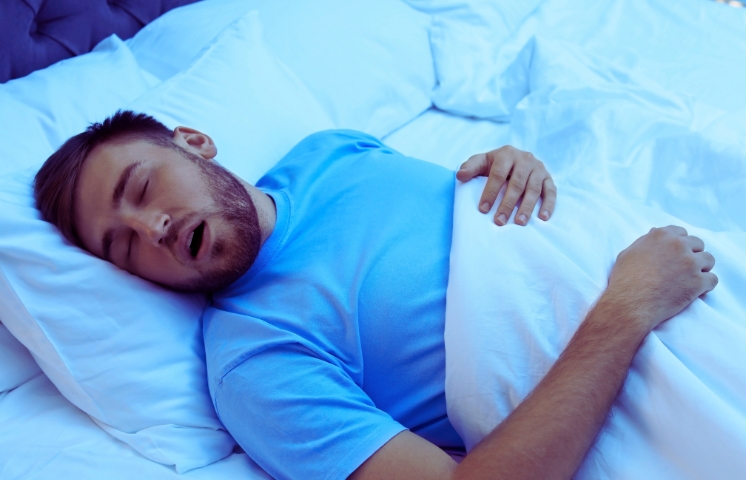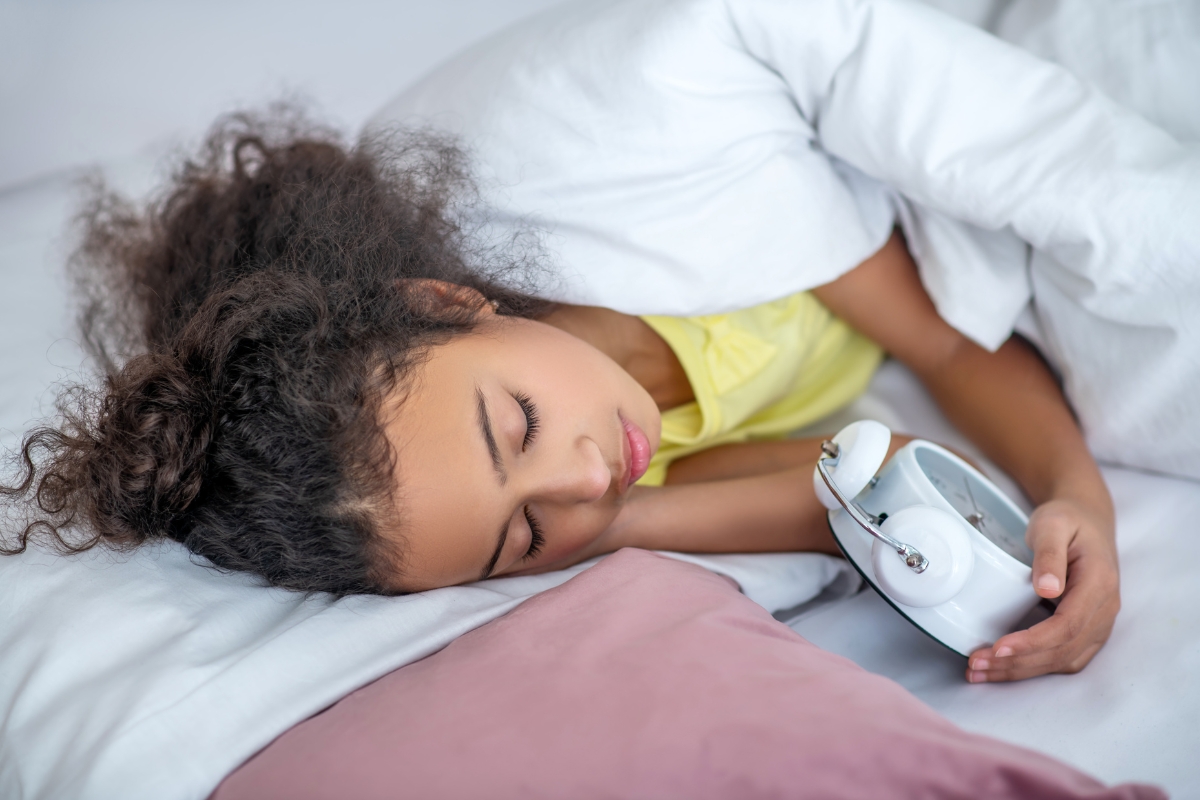The Silent Struggle: Recognizing and Treating Sleep Apnea in Adults

Do you snore so loud that you wake yourself up? Or your partner or parent is choking at night while sleeping? Both of these scenarios perfectly describe the onset of sleep apnea. Nearly 30 million Americans have sleep apnea. It affects 26% of adults between 30 and 70 years old. It’s even believed that lack of sleep or interrupted sleep due to sleep apnea can shorten one’s lifespan. Thus treating sleep apnea becomes pivotal for quality of life.
Get to Know Sleep Apnea
Sleep apnea is a condition that causes frequent interruptions of breathing while asleep. The periods of pause can range from several seconds to a few minutes, repeated many times throughout the sleeping period. The two most common forms of sleep apnea are obstructive sleep apnea (OSA) and central sleep apnea (CSA). OSA, the more prevalent form of sleep apnea, occurs when the throat muscles or the pharynx relax too much. CSA occurs when the brain fails to send the right signals to the respiratory muscles.
Common Symptoms
Sleep apnea can be difficult to identify as most symptoms occur during sleep. But people also struggle with its side effects throughout the days. If you or someone shows symptoms like:
- Persistent, loud snoring
- Periods of stopped breathing witnessed by another individual
- Choking or gasping for air while asleep
- Daytime sleepiness
- Sore throat
- Dry mouth
- Headaches in the morning
- Difficulty concentrating
- Irritability or mood swings
- Anxiety
It’s time to consult a health professional for sleep apnea assessment.
Consequences of Sleep Apnea
Untreated sleep apnea might be the reason behind:
- High blood pressure
- Heart disease
- Stroke
- Type 2 diabetes
- Depression
- Risk of accidents from drowsiness while driving
Options for Diagnosis and Treatment
Unless one is diagnosed with sleep apnea, the right treatment always remains unreached. The simplest diagnostic options include:
- Polysomnography (Sleep Study): Carrying out a test in a sleep lab. The professionals observe one’s brain activity, eye movement, heart rate, and breathing rhythms during nap time to detect sleep apnea.
- Home Sleep Apnea Testing (HSAT): One can get a test done at home without the hassle of visiting a lab. This test studies one’s breathing rhythms and oxygen levels during sleep as a diagnostic solution.
Treatment Options
- Continuous Positive Airway Pressure (CPAP): A machine maintains regular air pressure or air flow to keep the airways unobstructed throughout the night.
- Snoring Appliances: One can also use mouthpieces to reposition the jaw to keep the airways open.
- Lifestyle Modifications: Losing excess pounds, regular exercise, and abstaining from alcohol can reduce symptoms of sleep apnea.
Untreated sleep apnea in adults can lead to poor health and lower quality of life. If you or a family member suspect sleep apnea, seek sleep apnea assessment under a sleep dentist in Rocklin, CA, as soon as possible. You should also strictly comply with treatment options for effective management of sleep apnea. Do not allow this quiet battle to undermine your health. Make an appointment with a healthcare professional today to initiate action towards better sleep and overall well-being.



